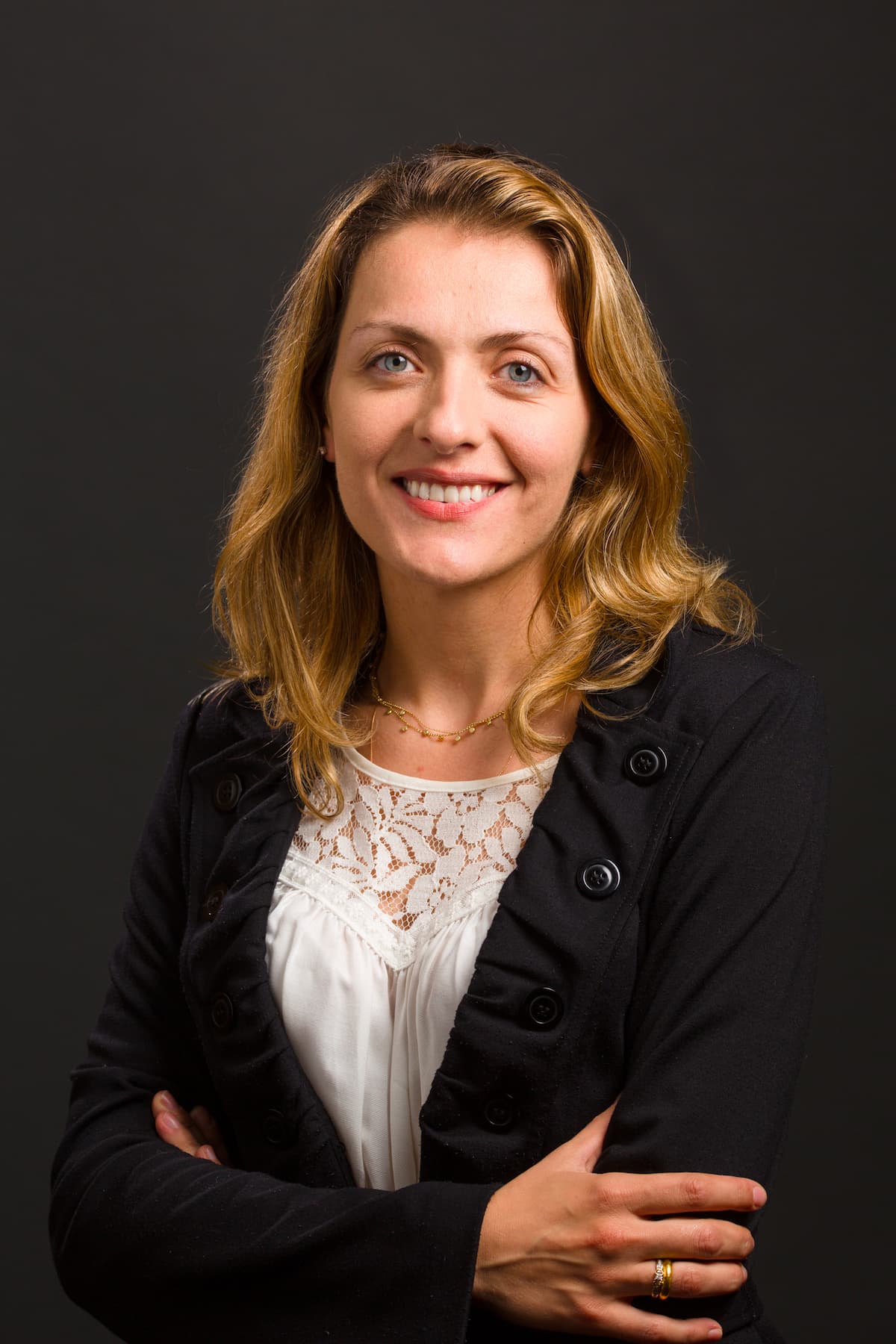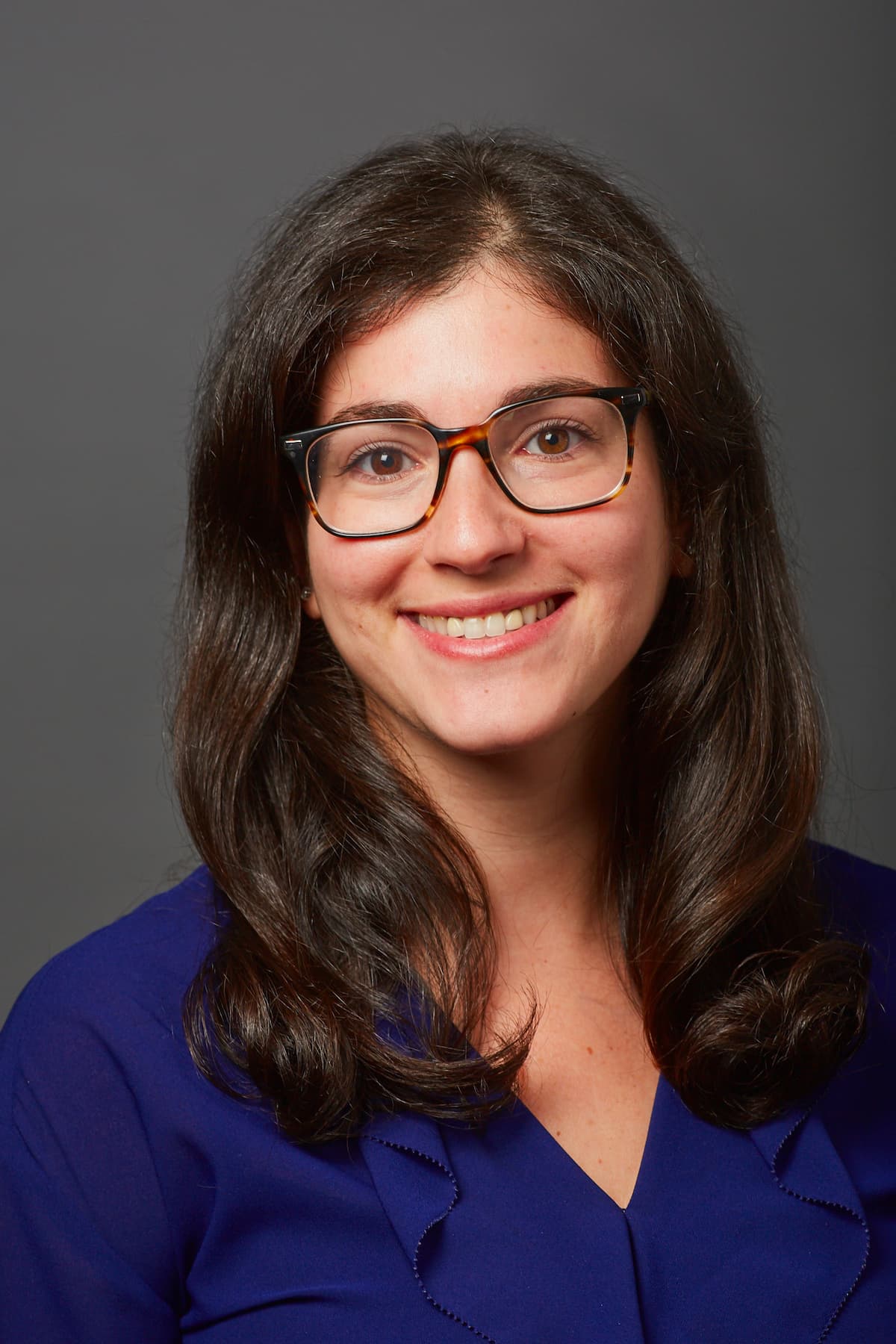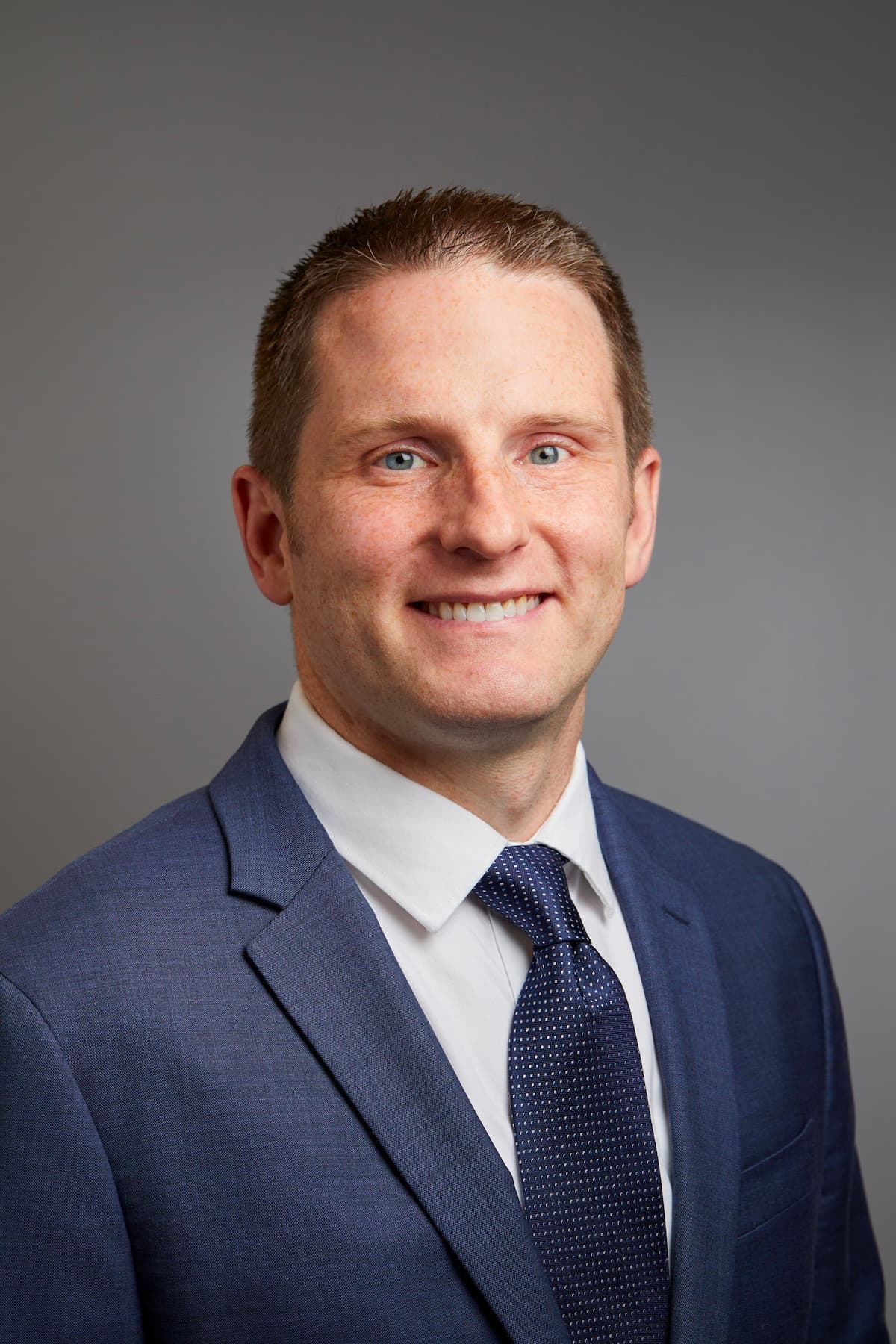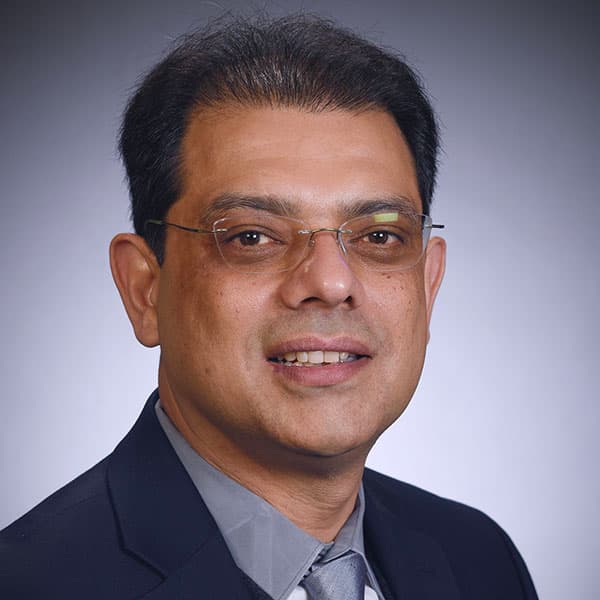The ‘Golden Age’ of Daratumumab: Highlights From an Expert Panel on Multiple Myeloma
A Satellite Sessions program at the Yale Cancer Center discusses treatment paradigms and unmet needs in multiple myeloma as well as transplantation, bispecific T-cell engaging therapies, and the importance of collaborative decision-making in clinical practice.
Natalia Neparidze, MD
Associate Professor of Internal Medicine
Research Leader of Hematology in the Myeloma Program

Noffar Bar, MD
Assistant Professor of Medicine

Elan Gorshein, DO, JD, MPH
Assistant Professor of Clinical Medicine

Catherine Wei, MD
Instructor of Clinical Medicine

David Witt, MD
Assistant Professor of Clinical Medicine

Syed Ali, MD, MBBS
Medical Oncologist

CancerNetwork® recently hosted a panel discussion on multiple myeloma as part of a Satellite Sessions program at the Yale Cancer Center. The program brought together experts from Yale’s main Smilow Cancer Center, Yale New Haven Shoreline Medical Center, and Trumbull Care Center to illuminate how best practices can both correlate and diverge within a single network of institutions, and to explore the diversity of opinion on emerging treatment paradigms in this disease space.
The panel was led by Natalia Neparidze, MD, an associate professor of Internal Medicine and Research Leader of Hematology in the Myeloma Program located at Smilow Cancer Center. Panelists included Noffar Bar, MD, an assistant professor of medicine located at Smilow Cancer Center; Elan Gorshein, DO, JD, MPH, an assistant professor of Clinical Medicine located at Yale New Haven Shoreline Medical Center; Catherine Wei, MD, an instructor of Clinical Medicine in Hematology located at Trumbull Care Center; David Witt, MD, an assistant professor of Clinical Medicine located at Trumbull Care Center; and Syed Ali, MD, MBBS, a medical oncologist at St. Francis Hospital and Smilow Cancer Center.
The panel discussed treatment paradigms and unmet needs. They also touched upon transplantation, bispecific T-cell engaging therapies, and the importance of collaborative decision-making in their practices.
Here are some of the highlights.
Q: In your practice, how do you select and prepare patients for autologous stem cell transplant (ASCT) following high-dose melphalan?
WEI: We look at the performance status of the patient, their comorbidities, and their renal function. If their renal function has been [significantly] impacted by their myeloma at the outset, that places some large treatment-related [burdens on the patient]. Certainly, comorbidities like heart failure will limit them from [receiving a] transplant.
BAR: Patients with renal disease can [typically] undergo a transplant, but [there are] a few things to consider. Depending on the severity of their kidney dysfunction, there are adverse effects [AEs] associated with high-dose methylene. Severe mucositis can be very uncomfortable, it can lead to issues like bleeding and poor nutrition, and [it can lead to a] longer recovery time after the transplant. That’s something we consider, but it doesn’t exclude patients from transplantation.
WITT: I too take patient fitness into account, and I also use a quadruplet regimen to attain as much disease reduction as possible, and as a test of the patient’s ability to tolerate therapy, to some extent.
WEI: Nowadays, we’ve all adopted the quadruplet therapy, so we try to get patients into a complete response early on. Most patients can, for the most part, tolerate the addition of daratumumab [Darzalex], so we try to get patients onto a quadruplet therapy [with daratumumab]. If they’re eligible for transplant and are without comorbidities, we try to collect their cells early on.
Q: How do you make decisions in the most effective and efficient manner possible? What resources do you use?
GORSHEIN: We have the advantage of weekly tumor boards, which are available at major academic centers as well. We can talk about complex cases and arrive at the best decision for the patient.
ALI: Having access to the tumor boards, and then looping into the main center with more clinical trial availability, is a big benefit for us.
Q: How do you select triplet vs quadruplet regimens for this patient population?
WITT: There’s an emerging concept that if you piggyback daratumumab onto any good regimen, you can likely attain a good outcome. The VRd regimen, containing bortezomib [Velcade], lenalidomide [Revlimid], and dexamethasone, has been with us for a long time, and we know that it’s safe and simple. VRd plus daratumumab can certainly be considered. Whatever the effectiveness of the regimen is, it won’t be hampered by and may be enhanced by, the addition of daratumumab. We’re going to see a golden age in which daratumumab is on top of everything.
Q: How do you manage toxicities at your institution? What practices are most useful?
WITT: We [have integrated] awareness of toxicities into the workflow of our own hospital. The hospitals [at Trumbull and Smilow] where we attend are excellent; they lead in stroke therapy and cardiac therapy and so on. I don’t think there are any therapy-related toxicities that our program wouldn’t be able to handle once [we] became educated in its [attributes].
GORSHEIN: There’s an aspect of magic to [the treatment of cytokine release syndrome; CRS]. We have criteria for when to administer tocilizumab [Actemra] vs dexamethasone, but obviously every clinical scenario is unique, individualized, and so you must use your best clinical judgment.
NEPARIDZE: Our approach at Yale New Haven Hospital has been to prevent [CRS] from developing beyond grade 1. [In the case of] prolonged grade 1 CRS, we may initiate tocilizumab if it doesn’t resolve with acetaminophen, fever suppressive medicines, and intravenous fluids. Certainly, as soon as it’s grade 2, you must activate tocilizumab.
Q: What are the most important unmet needs? What are the most important developments on the horizon?
ALI: One unmet need regards patients with ultra–high-risk multiple myeloma for whom we have so many drugs; they still don’t [often] enjoy a period of remission. Another unmet need regards patients with extramedullary disease. This is also a challenging patient population, and we’re seeing more extramedullary [disease] down the line. We’re seeing more patients in whom we never saw these kinds of scenarios. The combination of BiTEs and [agents] with different targets altogether will be an area of interest in the future.
BAR: Access to care is extremely important. We talk about these clinical trials; what about the real world? There’s clear evidence that patients who live in rural areas, or those who don’t have access to academic centers, have shorter overall survival [than their counterparts]. Bridging that gap will require a lot of effort and a multi-pronged approach, but it has the potential to improve outcomes for patients with multiple myeloma.
WITT: Selecting between different types of cell therapies is going to be an increasingly complex problem. What to do with advanced or refractory disease is not a solved problem, either. Access to care is a perpetual problem, and I don't know if we’re ever going to solve it [completely]. Those are the main issues.
WEI: Access to care is an issue at our care center, even just issues of transportation. Certain populations are higher risk. That’s something to focus on. [Moreover], figuring out how to navigate through the cell therapies will be a challenge, but that’s a nice problem to have.
GORSHEIN: We’ve seen tremendous progress made in multiple myeloma over recent years, with a rapid acceleration of novel treatment options. That begs the question: What is the optimal sequencing in combination of these newer agents? The high-risk patient population is also an ongoing unmet need that’s under exploration in clinical trials [which are assessing] the earlier use of chimeric antigen receptor T-cell [CAR T] bispecifics in these patients.
NEPARIDZE: Making trial eligibility more accessible and inclusive for patients is extremely important because it seems as though some are so restrictive that it’s impossible for patients to participate.
EP: 1.The ‘Golden Age’ of Daratumumab: Highlights From an Expert Panel on Multiple Myeloma
EP: 2.Triplet and Quadruplet Induction Regimen Options for Patients With Transplant-Eligible NDMM
EP: 3.Data Updates From GRIFFIN and MASTER in Transplant-Eligible NDMM
EP: 4.Exploring the GMMG-CONCEPT Study in Patients With Transplant-Eligible NDMM
EP: 5.Assessing and Treating Patients with High-Risk NDMM
EP: 6.Treatment Approaches in Patients With Transplant-Ineligible NDMM
EP: 7.Subset Analysis of the MAIA Study in the Frail Multiple Myeloma Population
EP: 8.Available Treatment Options for Patients With R/R MM
EP: 9.Updated Results of the MonumenTAL-1 Study in R/R MM
EP: 10.Application of Bispecific Therapy in Clinical Practice
EP: 11.Discussing Bispecific Antibody Treatment With Patients With Multiple Myeloma
EP: 12.Comparing Bispecifics and CAR T-Cell Therapy for Patients With MM
EP: 13.Unmet Needs in the Treatment of Multiple Myeloma
EP: 14.Treatment of Multiple Myeloma: Q&A Session With Yale Cancer Center and Satellites
Navigating AE Management for Cellular Therapy Across Hematologic Cancers
A panel of clinical pharmacists discussed strategies for mitigating toxicities across different multiple myeloma, lymphoma, and leukemia populations.